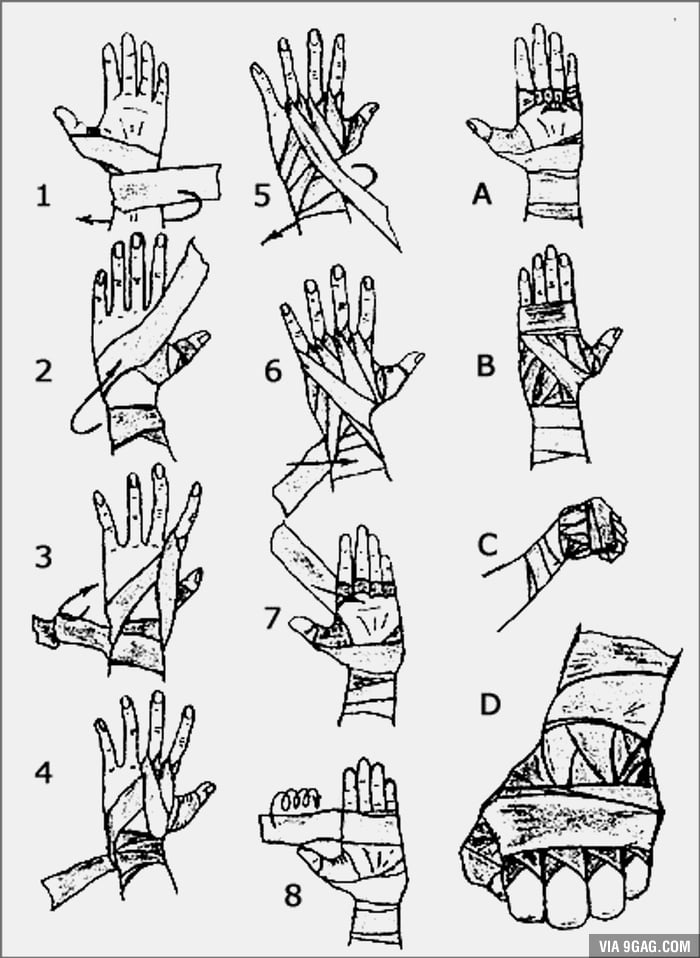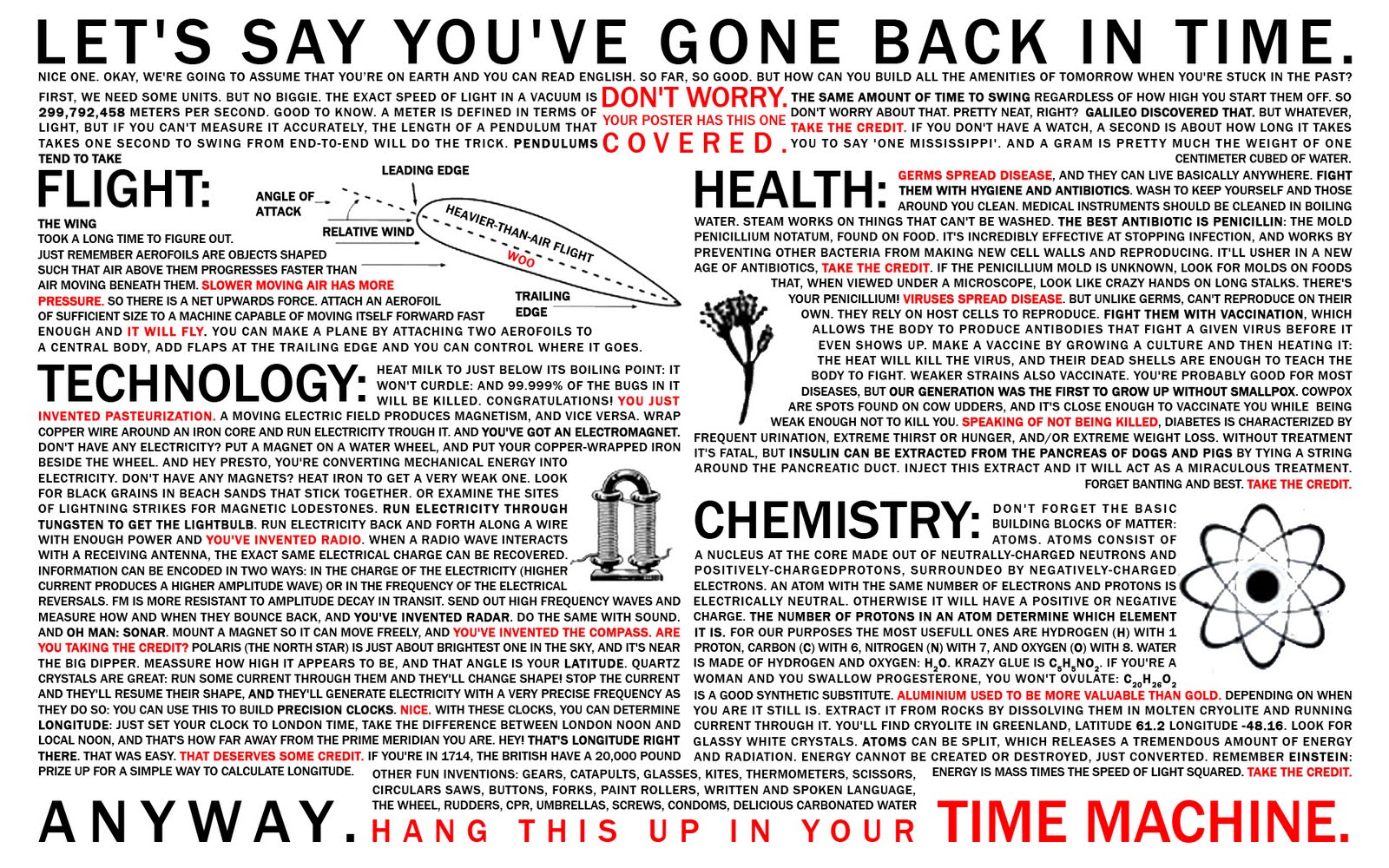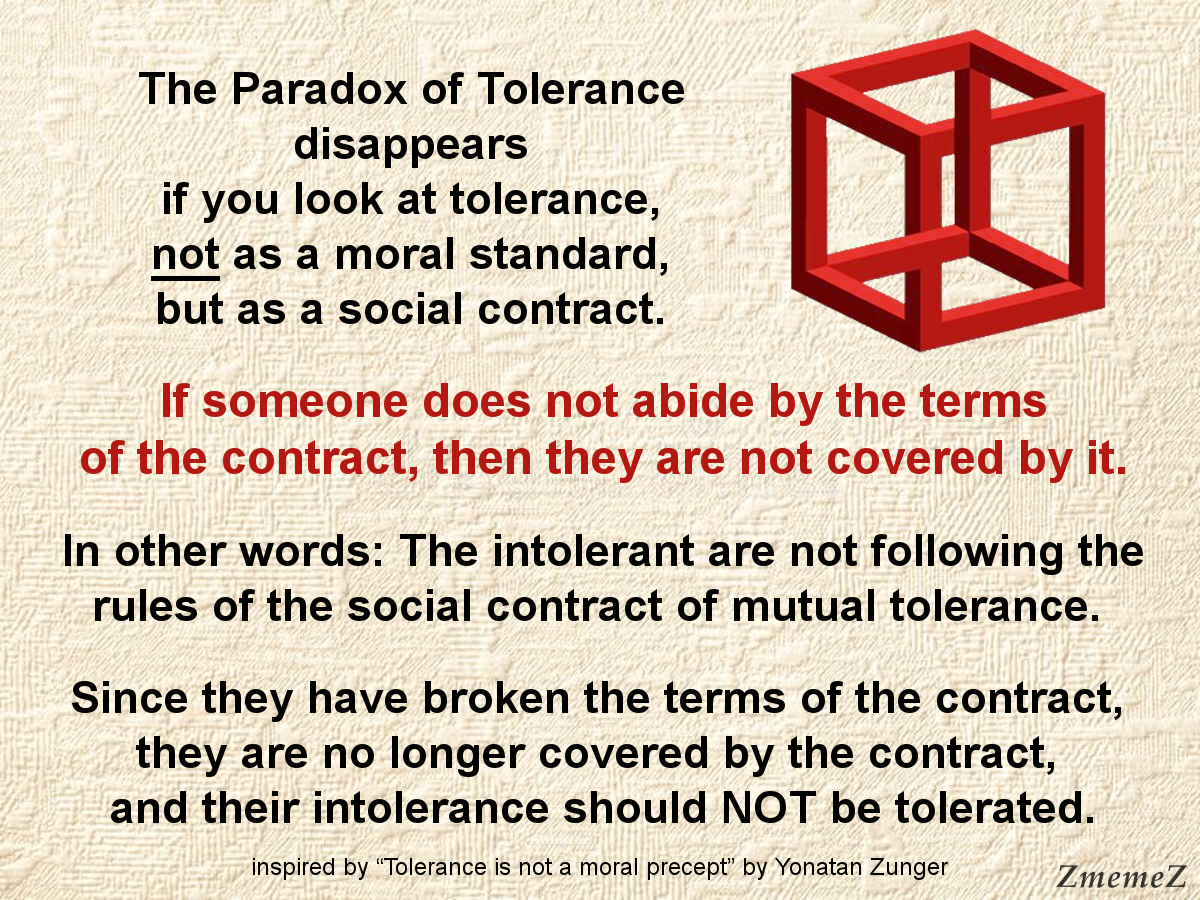Useful Stuff and Miscellanea
my useful tag
 How to tape up your hands before a fight
How to tape up your hands before a fight


How to write a fic summary
You can think of it as a checklist:
-
Who: Main character(s)
-
Why: Character goal or desire (stated)
-
Why: Character need (implied)
-
When: Inciting Incident
-
What: Means (that achieves the goal/need)
-
Where: Place A >> Place B
-
How: The Plan
-
Obstacle(s): antagonist or challenge
For example:
-
Who: Bilbo Baggins, a respectable hobbit of Hobbiton
-
Why: Treasure, wealth (stated)
-
Why: Adventure, self-respect (implied)
-
When: After supper
-
What: Quest
-
Where: Hobbiton >> The Lonely Mountain
-
How: A company of dwarves, a wizard, and an ancient map and key
-
Main antagonist(s): a dragon
Then you just turn these bullet points into sentences in 100 words or less. Thus:
Bilbo Baggins is a respectable hobbit in Hobbiton, never making any trouble or having any adventures. But when a wizard and a company of dwarves invite themselves to dinner, Bilbo finds himself joining their quest from the shires of Hobbiton to the legendary Lonely Mountain, the home of a long lost treasure, and quite, possibly, a dragon.


If you add two pounds of sugar to literally one ton of concrete it will ruin the concrete and make it unable to set properly which is good to know if you wanna resist something being built. French anarchists used this to resist prison construction in the 80s.
Dental Care Tips for Sensory Issues:
If brushing with a standard or even just soft-bristle toothbrush wigs you out, you can get post-surgical brushes online. Running them under hot water will make them even softer. If even that is too much, you can use the same motions with a washcloth.
The whole purpose of brushing is to disrupt plaque buildup. You don’t need to brush twice a day, every day with toothpaste if you brush correctly- little circles, focusing on near the gums (where most plaque builds up). So if you’re having a bad sensory day and can’t brush at all, it’s not the end of the world.
You don’t really even need to use toothpaste- it’s mostly marketing. It can be helpful, but honestly going for one with a taste you can stand is a good way to go. Xylitol gum is also helpful for your teeth and getting rid of bad breath.
Also, it's okay to dilute mouthwash if it burns/stings too much at full strength. Similarly, kid's mouthwash does the same stuff as adult's but doesn't come in mint-flavored gasoline.

Laundry Detergent
1 cup Washing Soda. This can be made by cooking baking soda on a tray in an oven at 400° for 1 hour.
1 cup Borax (not Boric Acid. Also a different thing.)
½ cup - 1 cup grated bar soap (you can use literally anything. I often use Ivory because it’s easy to get and I find it works well, a lot of people like Fels-Naptha, which is an actual laundry bar. Some people use Dr. Bronner’s. Really does not fucking matter.)
After grating your soap, combine all ingredients. That’s it. That’s the whole thing. Use maybe a ¼ cup per load.
Dryer Sheet Replacement
Go to a craft store, find 100% wool yarn balls. If it doesn’t come in a ball, ask an employee to make it into a tight ball for you. Wash in the washing machine to make it felted. Remove from washer, add a few drops of essential oil to the ball, allow to seep in. Dry with clothing. Doesn’t need to be rewashed ever, and if it stops smelling, add few more drops of essential oil. Bam, reusable dryer sheets.


A few Do’s and Don't’s of organizing with rural communities
There are a lot of complexities surrounding the urban/rural divide in America, and those complexities can create areas of conflict and misunderstanding for radical organizers who are working within or alongside rural communities. Probably the simplest bullet point it can be boiled down to is: never assume that radical organizing is not already happening in rural areas. Just because we’re not necessarily making national news doesn’t mean we’re not here.
That being said, I’ve been mulling over some insights about the specific issue of urban radicals seeking to forge alliances with, or planning actions/campaigns with, rural organizers. These are just some of the big Do’s and Don't’s I came up with out of my own experience. Bottom line, listen to the experiences of anyone with whom you’re considering organizing.
- DON’T ever, ever, EVER organize an event in a rural community that you’re not a part of without asking for that community’s consent, and/or reaching out to its own organizers. This seems agonizingly basic, and yet this has happened and continues to happen. You are not the “savior” of rural communities, and you shouldn’t make assumptions about a community’s needs without first getting to really know that community.
- DON’T police rural tactics. This is a difficult one for urban radicals to understand, for some reason. Before you call out rural activists for “working with the cops,” or “harboring fascists,” you need to understand that the people living and working in rural communities are often KNOWN TO THE LOCAL POLICE BY NAME AND FACE. They have to live LITERALLY NEXT DOOR to armed racists. They shop at the same stores. Their kids go to school together. They probably grew up together. This is not a situation in which black blocing and starting a street war is going to work. If you come into a rural community with that assumption, you are without question going to GET PEOPLE KILLED.
- DON’T assume that rural = white*. Especially if YOU are white. Even if the activists you encounter in rural areas are often white, don’t assume that they are not in direct communication with their friends and neighbors of color, who may have very legitimate reasons for not being seen to be working with you. It may be far, far less safe for people of color to be visibly activists in rural communities, and yet that doesn’t mean they’re not out there doing the work.
(*or straight, or cis, or able-bodied, or…)
- DON’T assume that rural = racist, especially when talking about entire communities. This goes along with many of the things noted above. Just because you can identify bigotry and racism within a rural community doesn’t mean that the entire community supports it or is unaware of it. Consider the reasons why anti-racist action might not be as visible in rural communities (i.e., it’s happening behind the scenes for safety reasons, it’s taking a longer time to come to fruition because of any number of reasons, it’s underfunded and under-supported by outside organizations, for instance)
- DO offer support! Approach rural activist collectives/organizations with respect for the work they’re doing and make it known the ways in which you can help if they need or want it. Examples could include: hosting workshops for rural organizers, sharing skills, sharing RESOURCES.
- DO take the time to get to know who you’re working with. Relationships are important in any kind of organizing, but they are the absolute lifeblood of rural activism. Unless you know you’re only being called on for a specific thing at a specific time, consider the relationships you make with rural organizations to be permanent and evolving. There is a lot that you can learn from each other, and bridging the urban/rural divide isn’t going to happen overnight, and it’s not work that is ever going to be finished. Invest in these relationships.
- DO educate yourself on rural perspectives, challenges, and experiences. Just as working with anyone else, don’t expect these organizers to take time out of their work to give you the 101 on their experiences, campaigns, and issues. Seek out literature and resources on the rural organizing experience on your own and gain some insight into what it’s like to do this work in a rural setting.
Right now is a crucial moment to be working on bridging the rural/urban divide in America. Fighting fascism isn’t a monolithic, single-narrative endeavor. There is much more to be said about how the rural and urban settings react and interact in the fight against global fascism, but for now suffice it to say that a diversity of perspectives and tactics is necessary for this work to truly succeed both now and in the long term.
What Allistics Should Know About Meltdowns
A meltdown is a defensive response, not an aggression.
Meltdowns happen because we are in pain - either the direct sensory pain of too much light or too loud noise or terrible textures or what have you, or the emotional pain of just being overwhelmed by so much input we can’t handle it, of being told we're horrible burdens who can’t love, etc.
Meltdowns are born of pain.
In particular, they’re what happens when we can’t escape that pain. You know about the fight-or-flight response? Well… that’s what a meltdown is. And all of those stories of autistic people destroying things or hurting themselves or lashing out at people is what happens when “flight” is no longer an option. That only leaves “fight.”
We’re trying to defend ourselves from things that are hurting us, and you won’t let us. You stand between us and an escape from pain. That’s what makes us lash out, as surely as if you cornered an animal and poked it with a stick.
So how do you prevent this from happening? Simple. Find out what’s causing us pain, and give us an escape from it. Too much noise? Give us earplugs or a quiet place. Too-bright lights? Maybe we need sunglasses or a dark room. Draining social expectations? Let us be alone for a bit.
Just let us escape the pain. That’s all we need.
If you don’t personally know the person who’s having the meltdown, or even if you do and you haven’t worked out another plan ahead of time, here’s meltdown intervention 101:
Don’ts:
- Do not touch them unless you’ve specifically worked out a plan with them beforehand
- Do not stand close to or crowd them, especially if they are on the floor or in a corner
- Do not prevent them from stimming unless they’re hurting others or seriously hurting themself, even if they’re disturbing others
- Do not yell at them, I can’t think of a single situation where this is a good idea
- Do not try to move or relocate them unless they are in immediate physical danger or you’ve worked out a plan beforehand
- Do not force them to speak or communicate, these take a lot of energy and can be very stressful or impossible, even for someone who’s normally verbal
Dos:
- If you can, try to get other people to leave the room while the person calms down.
- Move slowly, the person having the meltdown is already in fight-or-flight mode.
- Speak clearly and use simple sentences, most autistic people have poor auditory processing all the time, and trying to understand what you’re telling us during a meltdown can be difficult or impossible.
- Try to eliminate overstimulating things in the environment like clocks with second hands, cathode-ray tvs, flashing lights, or strong smells.
Remember that many autistic people also have trauma. Some common triggers (things you should avoid like the plague) include being restrained (don’t grab any part of their body) and phrases like “quiet hands”
- Be patient and wait for them to calm down
- It may take more than an hour for an autistic person to calm down from a meltdown. During this time, give them the option to go to a quieter and less-stimulating space. Offer alternate methods of communication, like allowing them to type on a phone, write on a pad, or nod their head in response to questions. Don’t force them to do anything. Meltdowns are exhausting and many people are unable to do things they normally find easy.
If you are allistic and any of this seems wrong to you, I would like to politely invite you to shut your quiznak. Yes, especially if you are an “““Autism expert”””
DO NOT CALL THE COPSI CANNOT EMPHASIZE THIS ENOUGH

When Your Partner Has Anxiety: A Meltdown Guide
Reacting To A Partner In Crisis
Depression, anxiety, and panic attacks should be treated with the same mindset as someone who has just been launched off their bike into a gravel pit. It hurts, and it’s gross and can be a bit frightening, but it will pass, wounds will heal, and it’s not a big deal, except for right when it is happening.
Getting upset about it does not make it go away. It has already happened, and now it is time to take care of business. Get your partner to a safe space, and start wiping up the blood and picking out the gravel.
Non-proximity Dependant Tips to Support Your Partner With Anxiety
No matter whether you are with your partner or not at the moment of crisis, these five tips will help get you both through it.
- DO remain calm. You are a fucking champion. This skill and these experiences will help you in every relationship, intimate or otherwise, that you will ever have, for the rest of your life.
- DON'T ask them to make decisions. They may be incapable of making any at all. Whether it is deciding if they want to go to bed, what they want for dinner, or if they want a glass of water, assume all decision-making faculties have been thrown out the window.
- DO take control. This can mean telling them to brush her teeth, put on pajamas, take a shower, eat their dinner, etc. Taking off the pressure of having to make decisions and having the foresight to complete simple tasks like plugging in their phone is HUGE.
- DON'T assume they can ask for what they need in that moment. Also, don’t assume you have to be a mind reader. You don’t, just try your best. You know your partner.
- DO try the proximal and non-proximal suggestions below if you are unsure of your next step.
Proximal Suggestions for a Partner in Crisis
↳SensationsDisclaimer: Always ask for consent when touching a person who is having a panic attack. They may not be able to answer fully, but be aware of their body language and the subtle cues that they don’t like what you are doing, or that touching them is making it worse.
When touching, I find that skin to skin is best, face to face. Alternate between whole-body holding/constricting and light back circles with head petting.
Blankets in a quiet, warm, and relatively low-lit atmosphere can be soothing.
Platonic-ish kissing is good but mostly appreciated on the forehead, head, and upper back and upper arms. Neck kissing is too sensitive and sticking your tongue in their mouth will be overwhelming and inappropriate.
Keep your voice low, either quiet or whispering.
Extra special holding technique: Cradling in any form is exceptional; particularly if it allows the one doing the cradling the ability to whisper, rock back and forth in some way, and allows for gentle stroking or petting of the non-sexual variety. Think holding a baby.
↳Activities
Distractions can be good once the initial episode is over and it is time to recover. Music may be too emotionally triggering. I find cartoons are best.
Other options include reading to them (anything), or helping them into the bath or shower.
Do not fucking fall asleep. They will hate you forever.
Tell them about your day, or a mundane topic. Dumb facts about penguins or elephants work here. Do not expect a high level of participation but they are listening, and they do care. This is super helpful and can be very soothing.
↳Nourishment
Start with a glass of water, and if that is good, move to warm beverages – NOT alcoholic, or super creamy or sugary.
Use encouraging words: “It’s okay, it’s okay.” Also encourage breathing together if you think it will work/help.
Make sure they have eaten in the last 3-5 hours.
When You Can’t Be There
You can’t always be there when the shit hits the fan. That is not your fault nor is it your responsibility to babysit your partner. When you can’t be there, here are some great tips to get you and your partner through it.
↳Sensations
Hearing your voice can be soothing. If they don’t answer the phone, leave a message. If you don’t know what to say or talk about, just talk about yourself or your day.
Send a photo of wherever you are, or whatever you are doing. This relays that you have stopped to take a picture to send it to them because you are thinking about them. You can also send a picture of yourself making stupid faces, or take a picture of a horrible drawing of a whale you just did. Anything that brings them back into the moment with you. You get the idea.
Affirmative statements also great.
Final Thoughts
Be available. You’re in a relationship, and if you were going through stuff, you know they would be there for you. If you don’t want to make yourself available, you probably shouldn’t be in this relationship. Obviously, if you are at work, this is an exception, but don’t decide it’s not your concern. You are partners, so act like it.
Make a plan. Don’t dwell too much on what is happening but tell them what is going to happen NEXT. Don’t ask for help making the decisions. Take the initiative to make the decisions about what is going to happen with the rest of their day. This will give them something to look forward to and is extremely helpful. Knowing that they will be taken care of is almost as good as being hugged right at the moment.
Fact #1:
Laser sights don’t help your aim; they’re highly inaccurate at any range longer than a couple dozen yards and only good for rapid target acquisition.
Fact #2:
Absolutely every precision shooter knows this.
Fact #3:
Almost nobody else knows this because movies have erroneously taught people that snipers paint a red dot on the target’s chest before they shoot them.
Fact #4:
Any nazi who notices a red dot on their chest while giving a speech is going to immediately stop talking and get off the stage, probably while shitting themself.
Fact #5:
Laser pointers are cheap, legal, and easy to conceal, and unless there’s smoke or dust or something in the air, there's no way to know where it’s coming from.

If I give you an apple and an orange and I tell you to choose, how many choices do you really have?
Two? Nope. You have FIVE, minimum.
- You take the apple
- You take the orange
- You take both
- You take nothing
- You take something else
And this works EVERYWHERE.
“Are you with us or with them?”
- I’m with you!
- I’m with them!
- You both have good points!
- You’re all insane!
- I’m going with that other group over there!
“You need to vote Democrat or Republican!”
- Democrat!
- Republican!
- I switch depending on the leader and the issues!
- I don’t vote!
- I vote for a third-party!
“Are you Christian or Muslim?”
- I’m Christian
- I’m Muslim
- I think God is one and the same and follow good doctrines of both
- I’m atheist
- I’m Jewish
And it’s often more subtle
Like a salesperson handing you two products and pressuring you to buy one of them, making you forget that:
- You don’t have to buy anything if you don’t want to
- You can leave the store and buy something elsewhere
And sometimes it can be as important as
“Are you gay or are you straight?”
- I’m gay
- I’m straight
- I’m both? So bi?
- I like no one, I’m ace.
- I’m anything else, really, this is a spectrum and I define my own orientation.
So remember- If someone if pressuring you to pick between two choices, they’re probably trying to manipulate you by making you forget you also have another three options.

tools not rules: the importance of critical thinking
More than once, I’ve talked about the negative implications of Evangelical/purity culture logic being uncritically replicated in fandom spaces and left-wing discourse, and have also referenced specific examples of logical overlap this produces re:, in particular, the policing of sexuality. What I don’t think I’ve done before is explain how this happens: how even a well-intentioned person who’s trying to unlearn the toxic systems they grew up with can end up replicating those systems. Even if you didn’t grow up specifically in an Evangelical/purity context, if your home, school, work and/or other social environments have never encouraged or taught you to think critically, then it’s easy to fall into similar traps - so here, hopefully, is a quick explainer on how that works, and (hopefully) how to avoid it in the future.
Put simply: within Evangelism, purity culture and other strict, hierarchical social contexts, an enormous value is placed on rules, and specifically hard rules. There might be a little wiggle-room in some instances, but overwhelmingly, the rules are fixed: once you get taught that something is bad, you’re expected never to question it. Understanding the rules is secondary to obeying them, and oftentimes, asking for a more thorough explanation - no matter how innocently, even if all you’re trying to do is learn - is framed as challenging those rules, and therefore cast as disobedience. And where obedience is a virtue, disobedience is a sin. If someone breaks the rules, it doesn’t matter why they did it, only that they did. Their explanations or justifications don’t matter, and nor does the context: a rule is a rule, and rulebreakers are Bad.
In this kind of environment, therefore, you absorb three main lessons: one, to obey a rule from the moment you learn it; two, that it’s more important to follow the rules than to understand them; and three, that enforcing the rules means castigating anyone who breaks them. And these lessons go deep: they’re hard to unlearn, especially when you grow up with them through your formative years, because the consequences of breaking them - or even being seen to break them - can be socially catastrophic.
But outside these sorts of strict environments - and, honestly, even within them - that much rigidity isn’t healthy. Life is frequently far more complex and nuanced than hard rules really allow for, particularly when it comes to human psychology and behaviour - and this is where critical thinking comes in. Critical thinking allows us to evaluate the world around us on an ongoing basis: to weigh the merits of different positions; to challenge established rules if we feel they no longer serve us; to decide which new ones to institute in their place; to acknowledge that sometimes, there are no easy answers; to show the working behind our positions, and to assess the logic with which other arguments are presented to us. Critical thinking is how we graduate from a simplistic, black-and-white view of morality to a more nuanced perception of the world - but this is a very hard lesson to learn if, instead of critical thinking, we’re taught instead to put our faith in rules alone.
So: what does it actually look like, when rule-based logic is applied in left-wing spaces? I’ll give you an example:
Sally is new to both social justice and fandom. She grew up in a household that punished her for asking questions, and where she was expected to unquestioningly follow specific hard rules. Now, though, Sally has started to learn a bit more about the world outside her immediate bubble, and is realising not only that the rules she grew up with were toxic, but that she’s absorbed a lot of biases she doesn’t want to have. Sally is keen to improve herself. She wants to be a good person! So Sally joins some internet communities and starts to read up on things. Sally is well-intentioned, but she’s also never learned how to evaluate information before, and she’s certainly never had to consider that two contrasting opinions could be equally valid - how could she have, when she wasn’t allowed to ask questions, and when she was always told there was a singular Right Answer to everything? Her whole framework for learning is to Look For The Rules And Follow Them, and now that she’s learned the old rules were Bad, that means she has to figure out what the Good Rules are.
Sally isn’t aware she’s thinking of it in these terms, but subconsciously, this is how she’s learned to think. So when Sally reads a post explaining how sex work and pornography are inherently misogynistic and demeaning to women, Sally doesn’t consider this as one side of an ongoing argument, but uncritically absorbs this information as a new Rule. She reads about how it’s always bad and appropriative for someone from one culture to wear clothes from another culture, and even though she’s not quite sure of all the ways in which it applies, this becomes a Rule, too. Whatever argument she encounters first that seems reasonable becomes a Rule, and once she has the Rules, there’s no need to challenge them or research them or flesh out her understanding, because that’s never been how Rules work - and because she’s grown up in a context where the foremost way to show that you’re aware of and obeying the Rules is to shame people for breaking them, even though she’s not well-versed in these subjects, Sally begins to weigh in on debates by harshly disagreeing with anyone who offers up counter-opinions. Sometimes her disagreements are couched in borrowed terms, parroting back the logic of the Rules she’s learned, but other times, they’re simply ad hominem attacks, because at home, breaking a Rule makes you a bad person, and as such, Sally has never learned to differentiate between attacking the idea and attacking the person.
And of course, because Sally doesn’t understand the Rules in-depth, it’s harder to explain them to or debate with rulebreakers who’ve come armed with arguments she hasn’t heard before, which makes it easier and less frustrating to just insult them and point out that they ARE rulebreakers - especially if she doesn’t want to admit her confusion or the limitations of her knowledge. Most crucially of all, Sally doesn’t have a viable framework for admitting to fault or ignorance beyond a total groveling apology that doubles as a concession to having been Morally Bad, because that’s what it’s always meant to her to admit you broke a Rule. She has no template for saying, “Huh, I hadn’t considered that,” or “I don’t know enough to contribute here,” or even “I was wrong, thanks for explaining!”
So instead, when challenged, Sally remains defensive: she feels guilty about the prospect of being Bad, because she absolutely doesn’t want to be a Bad Person, but she also doesn’t know how to conceptualise goodness outside of obedience. It makes her nervous and unsettled to think that strangers could think of her as a Bad Person when she’s following the Rules, and so she becomes even more aggressive when challenged to compensate, clinging all the more tightly to anyone who agrees with her, yet inevitably ending up hurt when it turns out this person or that who she thought agreed on What The Rules Were suddenly develops a different opinion, or asks a question, or does something else unsettling.
Pushed to this sort of breaking point, some people in Sally’s position go back to the fundamentalism they were raised with, not because they still agree with it, but because the lack of uniform agreement about What The Rules Are makes them feel constantly anxious and attacked, and at least before, they knew how to behave to ensure that everyone around them knew they were Good. Others turn to increasingly niche communities and social groups, constantly on paranoid alert for Deviance From The Rules. But other people eventually have the freeing realisation that the fixation on Rules and Goodness is what’s hurting them, not strangers with different opinions, and they steadily start to do what they wanted to do all along: become happier, kinder and better-informed people who can admit to human failings - including their own - without melting down about it.
THIS is what we mean when we talk about puritan logic being present in fandom and left-wing spaces: the refusal to engage with critical thinking while sticking doggedly to a single, fixed interpretation of How To Be Good. It’s not always about sexuality; it’s just that sexuality, and especially queerness, are topics we’re used to seeing conservatives talk about a certain way, and when those same rhetorical tricks show up in our fandom spaces, we know why they look familiar.
So: how do you break out of rule-based thinking? By being aware of it as a behavioural pattern. By making a conscious effort to accept that differing perspectives can sometimes have equal value, or that, even if a given argument isn’t completely sound, it might still contain a nugget of truth. By trying to be less reactive and more reflective when encountering positions different to your own. By accepting that not every argument is automatically tied to or indicative of a higher moral position: sometimes, we’re just talking about stuff! By remembering that you’re allowed to change your position, or challenge someone else’s, or ask for clarification. By understanding that having a moral code and personal principles isn’t at odds with asking questions, and that it’s possible - even desirable - to update your beliefs when you come to learn more than you did before.
This can be a scary and disquieting process to engage in, and it’s important to be aware of that, because one of the main appeals of rule-based thinking - if not the key appeal - is the comfort of moral certainty it engenders. If the rules are simple and clear, and following them is what makes you a good person, then it’s easy to know if you’re doing the right thing according to that system. It’s much, much harder and frequently more uncomfortable to be uncertain about things: to doubt, not only yourself, but the way you’ve been taught to think. And especially online, where we encounter so many more opinions and people than we might elsewhere, and where we can get dogpiled on by strangers or go viral without meaning to despite our best intentions? The prospect of being deemed Bad is genuinely terrifying. Of course we want to follow the Rules. But that’s the point of critical thinking: to try and understand that rules exist in the first place, not to be immutable and unchanging, but as tools to help us be better - and if a tool becomes defunct or broken, it only makes sense to repair it.
Rigid thinking teaches us to view the world through the lens of rules: to obey first and understand later. Critical thinking teaches us to use ideas, questions, contexts and other bits of information as analytic tools: to put understanding ahead of obedience. So if you want to break out of puritan thinking, whenever you encounter a new piece of information, ask yourself: are you absorbing it as a rule, or as a tool?
my food tag
back to home






















